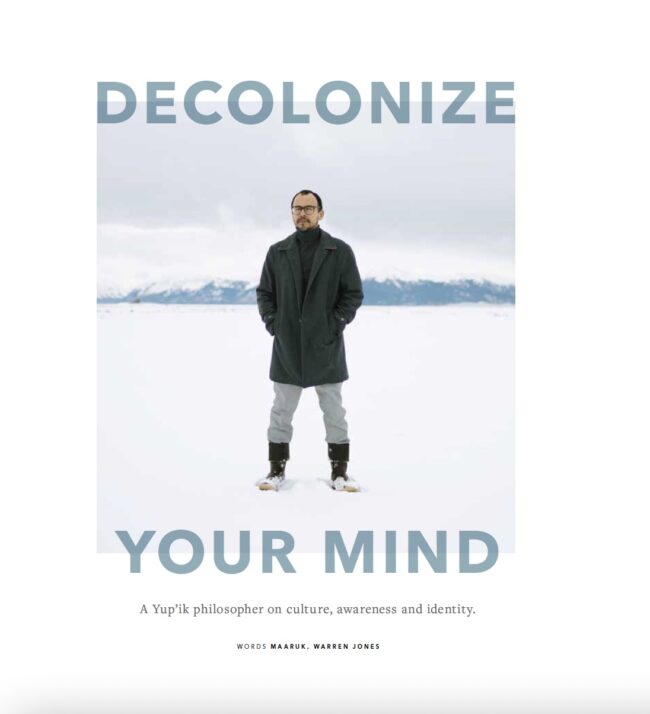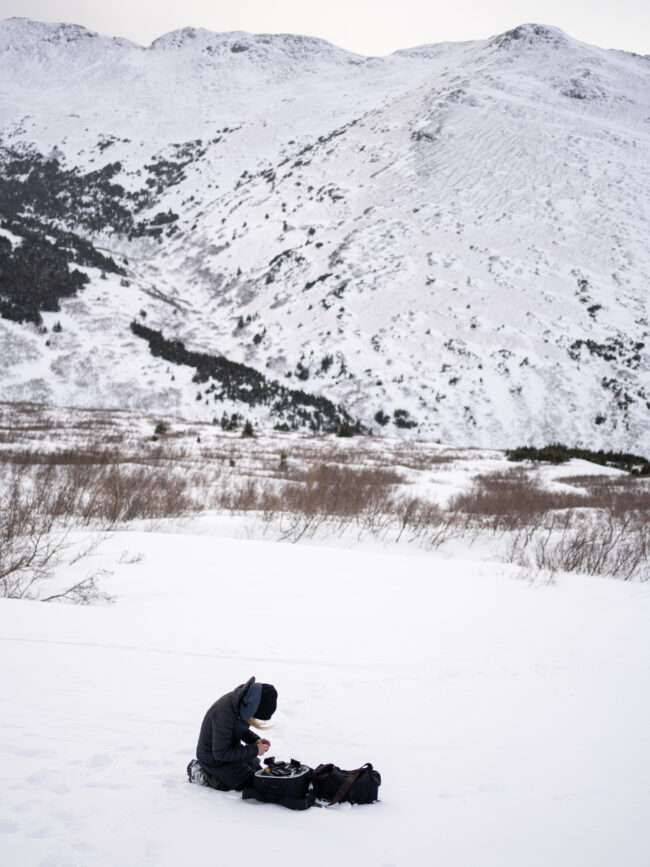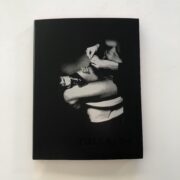 Fall 2021 Patagonia Journal
Fall 2021 Patagonia Journal
Photographer: Ash Adams
Assistant: Sarah Pulcino
Photo Director: Heidi Volpe
Art Director: Annette Scheid
Editor: Madalina Preda
Heidi: How long have you been living in Anchorage, what brought you there and why have you stayed?
Ash: I have been living in Anchorage now for a little over ten years, with a brief year a few years before that before I left for grad school. Honestly, I came up to Anchorage because I was burning out working in cities in the lower 48 and wasn’t making the work I wanted to; being a young journalist is such a hectic, yet formative time, and my personality needed to be somewhere where it could breathe. I felt that in Alaska I could work as a freelancer and really sink into a place. Alaska has very few photojournalists who work for national media to this day, and very few women. So it felt like an opportunity to cover underreported stories and also an opportunity to learn.
Having my children here, and with a person who is Inupiat, is obviously another pull. Making sure that they are close to and connected to their heritage is important to me, as is making sure that they feel that they have a place in the world, which I think comes from being connected to the land.

Patagonia asked you to find a local assistant for this project, how did that align with goals you already had for mentorship?
Diversity within the photo industry has been a hot topic in the last few years, but it’s been on my mind for well over a decade. I currently am a founder of a mentorship program, Show and Tell Alaska, with my ex-husband and co-parent, Brian Adams, who is both a phenomenal photographer and person, and the program was developed in response to a lack of diversity in photojournalism and in this state. People do not necessarily need a degree to be able to tell their stories to a larger audience, and for many and especially in rural Alaska, that doesn’t make sense; I think aspiring photojournalists need people to show them how to hone skills they’ve already started to elevate their work and then they need contacts within this specific industry that people often come to through educational programs (where people also learn about all of the workshops that will build them up, too). The lack of diversity in the industry is due in large part to just not having access–to mentors, to contacts. There have been many, many photographers who have come to Alaska from outside on $20,000 (or higher) grants to do a weekend workshop on i-phone photography in a village who then use the contacts for their stories and bail, and we wanted to do something that could actually help diversify our industry in this diverse and geographically complex state in a meaningful way.
So, all that is to say that working with Sarah Pulcino (who is currently in the mentorship program, but was not yet at the time), aligns with my values for a number of reasons; there are not many Indigenous female photojournalists in this state, and I want to support her journey in any way that I can. She’s talented and lovely to work with.
I did, but not well; Alaska is a small-town state, and Warren is a brilliant writer who travels in similar circles, so we had met casually here and there over the years. After this assignment, however, Warren and I (and his family) have become a great deal closer, which was an unexpected benefit from making the work.
